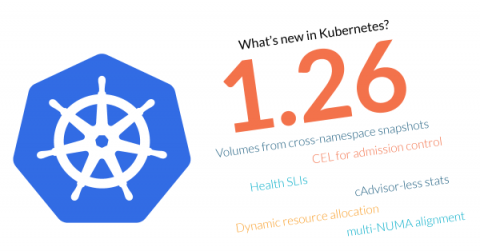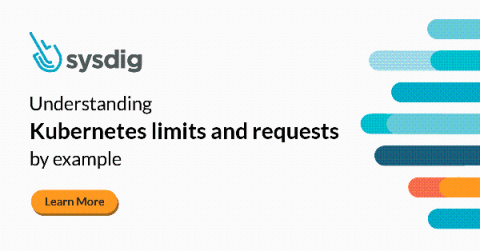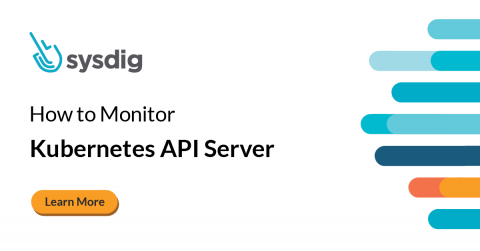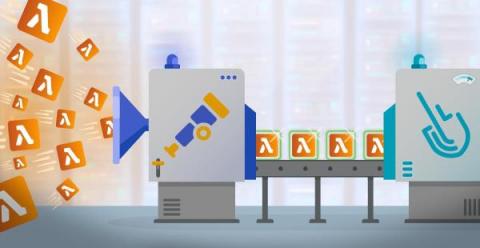Kubernetes 1.26 - What's new?
Kubernetes 1.26 is about to be released, and it comes packed with novelties! Where do we begin? This release brings 37 enhancements, on par with the 40 in Kubernetes 1.25 and the 46 in Kubernetes 1.24. Of those 37 enhancements, 11 are graduating to Stable, 10 are existing features that keep improving, 16 are completely new, and one is a deprecated feature. Watch out for all the deprecations and removals in this version!











